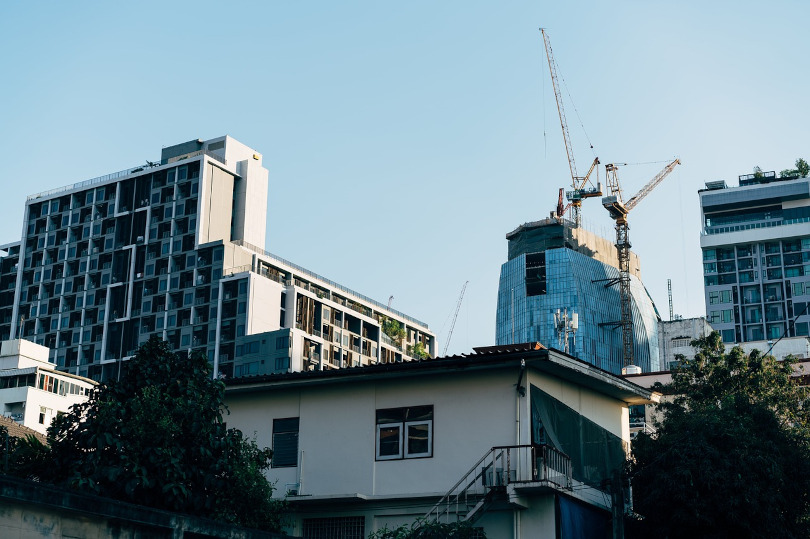At the time of the 1970 United States Census, African Americans made up 71.1% of Washington, DC’s population. This was the most lopsided the city’s racial demographics had (and have) been since it was 72.7% white during the 1930 census. This enormous figure, 71.1% (which would be the fourth-blackest city in America today), represents the height of “Chocolate City,” the District’s well-known sobriquet. However, the chocolate has melted more and more with each passing decade. DC is now just 41.4% Black per the 2020 census.
So, what happened? Just about any Black native of the capital can tell you: gentrification.
The impact of gentrification, the process by which an influx of wealthy—often also white—residents gradually displace a neighborhood’s original, lower-income—often also Black—residents, is well-documented in America. From the many conversations I’ve had with Black DC residents, I’ve found that the prevailing local sentiment is that DC is among the most gentrified city in the United States. To be able to verify this, though, we must first know how to measure gentrification.
The National Community Reinvestment Coalition, a DC-based nonprofit focused on bridging economic divides, offers some methods for quantifying the “intensity” of gentrification. A notable 2019 NCRC study determined that, when accounting for the amount of African Americans displaced by wealthier white newcomers in the city, DC’s gentrification problem was the worst in the nation.
Both that study and an updated one from May of this year “examine the extent of demographic change and displacement in key metro areas” to measure gentrification. The 2025 study employs interactive maps that explore “shifts in population by race and ethnicity, along with changes in median income, home values, and educational attainment at the neighborhood level.” This provides a data-driven approach to tracking the rate at which Black, low-income communities are being displaced across the country. It was by these metrics that the NCRC concluded that the capital remains one of the top five most gentrified American cities.
As negative as the impact of gentrification has been on the District’s Black community, it’s essential that we recognize what it has done to other communities of color as well. The ongoing development of DC’s Chinatown has led to the displacement of much of the neighborhood’s Chinese population. Major construction projects, most notably the MCI Center (now the Capital One Arena, home of the Capitals and Wizards) in 1997, have all but kicked Chinese residents to the curb.
From some city leaders’ and most—if not all—developers’ points of view, gentrification is more or less a necessary evil. It’s simply a consequence of “progress.” It brings new money, new people, new life into neighborhoods that have otherwise been economically and culturally static. But for all of the positives this point of view conjures in defense of cultural erasure, it fails to muster one iota of appreciation for what must be erased.
These are not financial figures being pushed out of homes, they are people. They are families, communities, traditions, cultures. If, in the name of skyrises and gross domestic product, all of them vanish, what would remain? A good deal, of course. And all for the low price of history, character, and everything that makes a city more than a meaningless collection of streets and buildings.
Featured image/photo courtesy of Pixabay.


